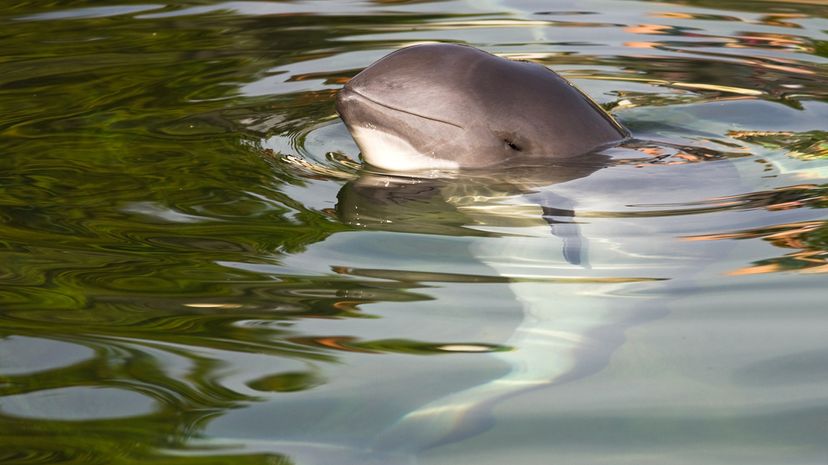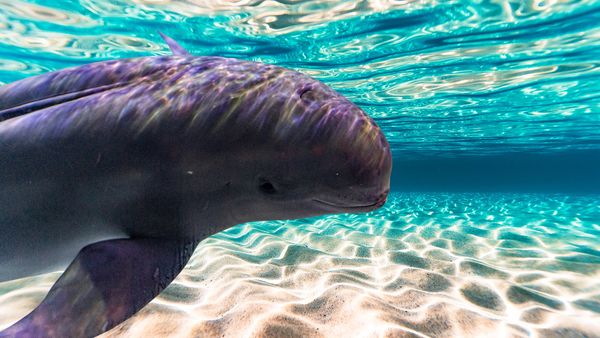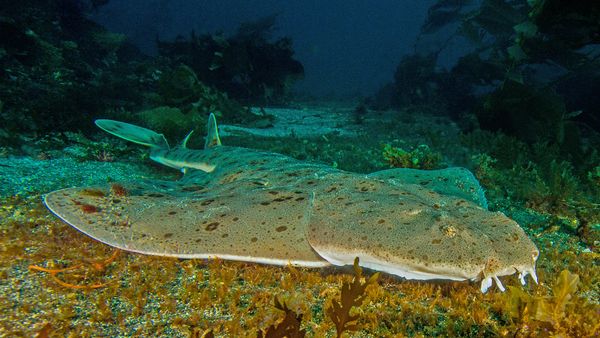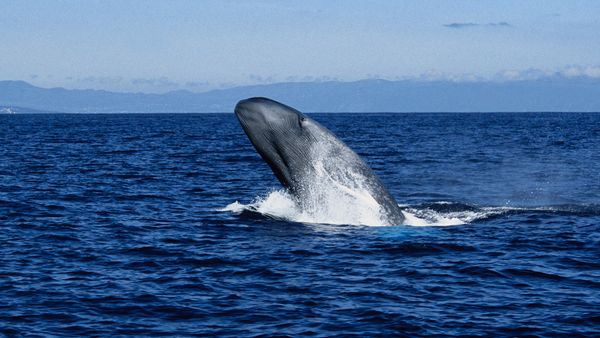The vaquita is a critically endangered species on the International Union for Conservation of Nature (IUCN) Red List of Threatened Species.
The vaquita population has experienced significant decline since the first vaquita abundance survey in 1997, which identified 567 vaquita. By 2015, there were only 59. In 2022, the estimated population was 10.
In August 2023, the International Whaling Commission issued its first-ever Extinction Alert, warning that "the extinction of the vaquita is inevitable unless 100 percent of gillnets are substituted immediately with alternative fishing gears that protect the vaquita and the livelihoods of fishers. If this doesn’t happen now, it will be too late."
Continued Illegal Fishing Threatens the Vaquita Population
Vaquitas face a single threat: gillnet fishing. Illegal gillnet fishing in the vaquita's range exploded around 2011 due to increased demand for totoaba swim bladders, used in Traditional Chinese medicine and cosmetics.
Although the endangered totoaba (Totoaba macdonaldi) is protected by the Convention on International Trade in Endangered Species of Wild Fauna and Flora, illegal trade has continued, and some conservationists believe the Mexican government has not done enough to secure natural protected areas.
Vaquita Conservation Efforts
In 2020, the U.S. National Oceanic and Atmospheric Administration (NOAA) Fisheries, also known as the National Marine Fisheries Service, banned all seafood caught in the vaquita's natural habitat.
“This embargo is a crucial step toward ending the Mexican government’s utter indifference to the vaquita’s extinction,” Sarah Uhlemann, international program director at the Center for Biological Diversity, said in a press release from the Natural Resources Defense Council.



